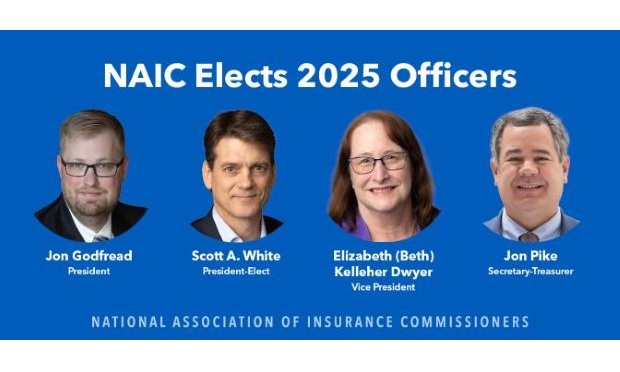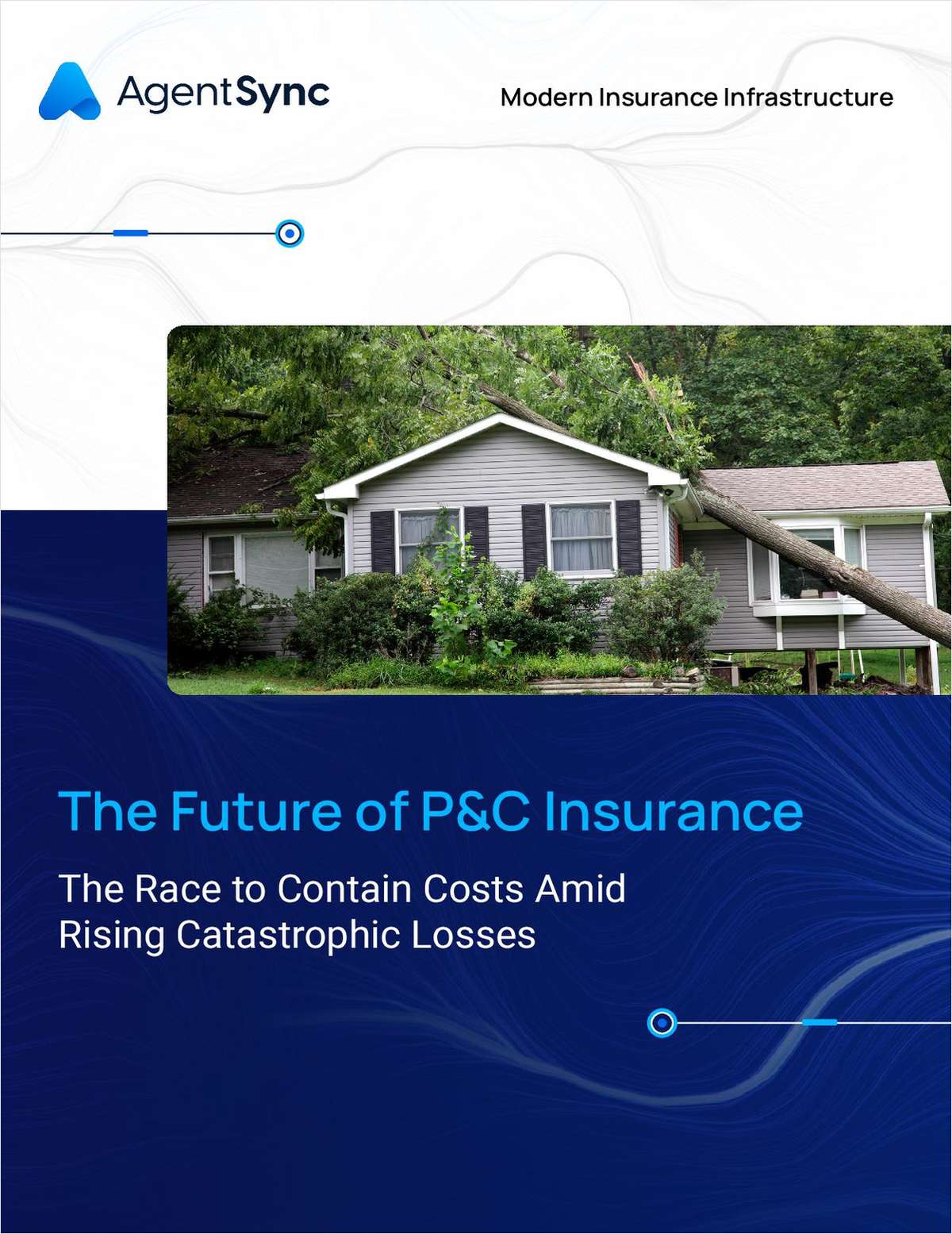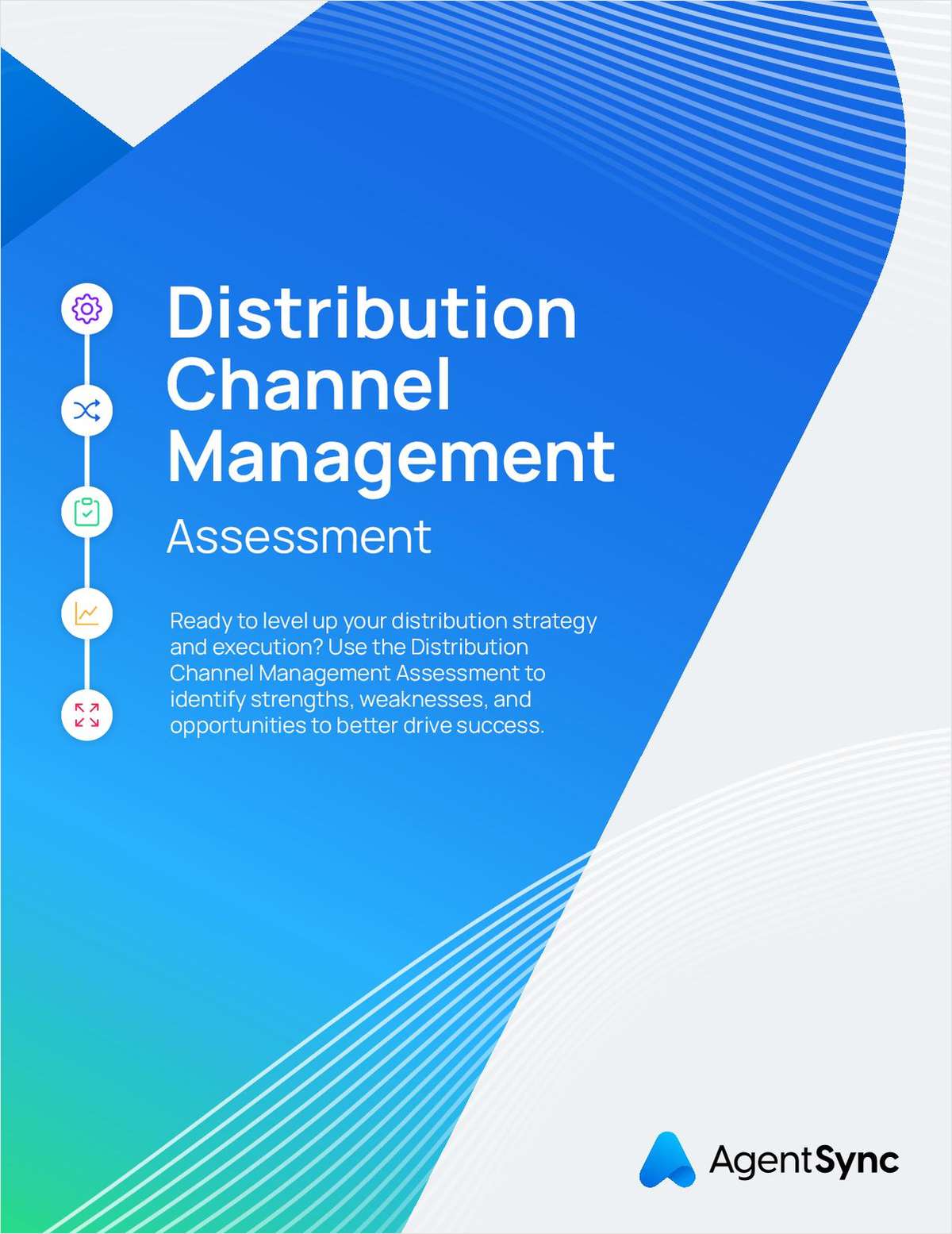NEW YORK--Insurers' potentially record-setting profits this year might lead to serious future problems, an industry leader advised colleagues at a meeting here.
Lloyd's USA president Wendy Baker, speaking Thursday at the 18th Annual Executive Conference for the Property-Casualty Industry sponsored by Ernst and Young and National Underwriter, said regulatory reluctance to permit profitable rates along with sluggish premium demand bode ill for the future of the industry in coming years.
Surplus approaching $500 billion in three years could lead to an oversupply that will put further pressure on the industry bottom line, she told the New York audience.
"We have to return to basics, which include not underwriting for market share; terms and conditions can be just as important as pricing; and stick to what you know best," she said.
The industry's potentially best underwriting performance in 51 years--primarily due to a lack of storms after last year's recording setting losses--along with record overall profits could present a recipe for "financial suicide" if insurers make all the wrong moves to the gain market share in a market of dwindling demand, said Ms. Baker.
While some numbers may seem impressive, a return on equity of 9 percent and a 2.9 increase in premium are not among them. "It is important to remember that in the non-cat areas, rates are actually declining," she said.
In addition, the industry faces a public relations challenge in the aftermath of Hurricane Katrina. Numerous headlines from around the country painted the industry as a villain, when in reality 95 percent of 1.7 million claims have been settled amicably.
Repeating a mantra voiced the week before by Lloyd's Worldwide Markets Director Julian T. James, Ms. Baker said, "We must work hard to set the record straight. Profit is not a dirty word."
Ms. Baker also repeated a frequent Lloyd's complaint that reinsurers remain bogged down in this country in an "ancient hodge-podge of rules," including those that require alien reinsurers to post 100 percent collateral of liabilities.
"Collateral requirements should be based on financial strength and not on zip code," she said.
Want to continue reading?
Become a Free PropertyCasualty360 Digital Reader
Your access to unlimited PropertyCasualty360 content isn’t changing.
Once you are an ALM digital member, you’ll receive:
- Breaking insurance news and analysis, on-site and via our newsletters and custom alerts
- Weekly Insurance Speak podcast featuring exclusive interviews with industry leaders
- Educational webcasts, white papers, and ebooks from industry thought leaders
- Critical converage of the employee benefits and financial advisory markets on our other ALM sites, BenefitsPRO and ThinkAdvisor
Already have an account? Sign In Now
© 2024 ALM Global, LLC, All Rights Reserved. Request academic re-use from www.copyright.com. All other uses, submit a request to [email protected]. For more information visit Asset & Logo Licensing.








